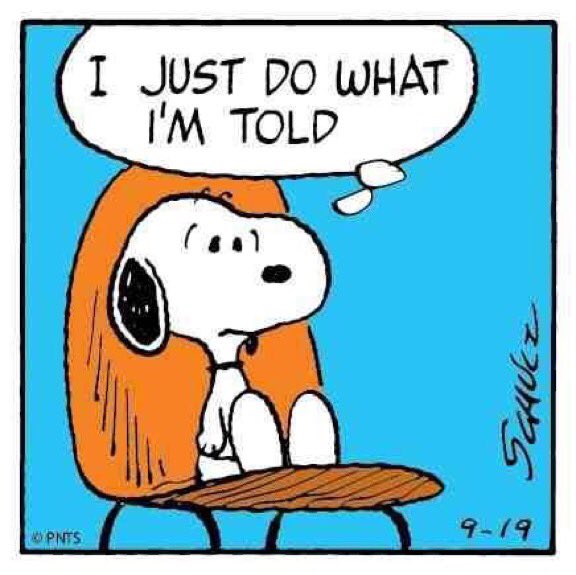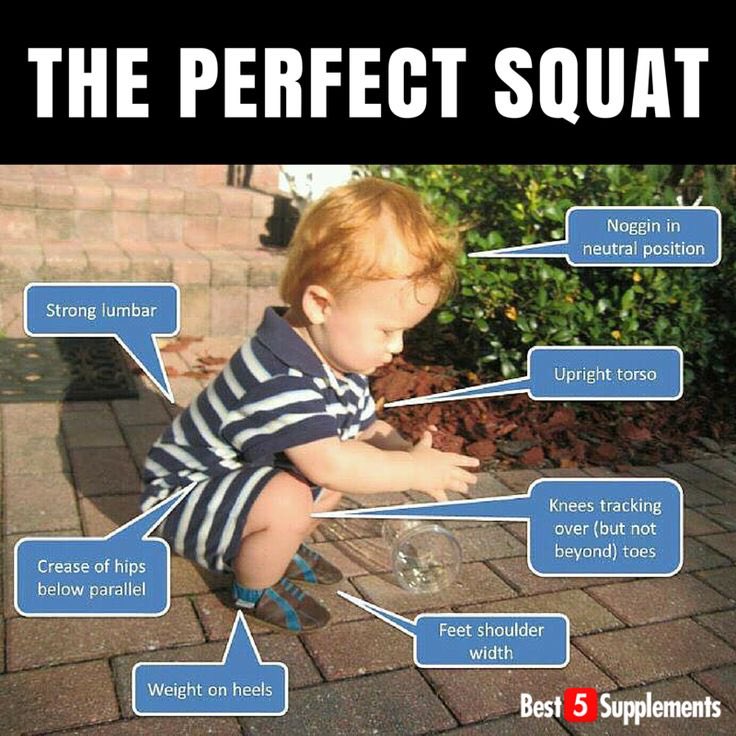Warning: this will be a long thread.
To be effective in your coaching you need to know why errors happen.
In squatting, most errors are due to the fact that athletes are afraid they are going to fall over.
Note: in this thread I will talk about doing things to move the PCOM forwards and backwards separately - of course, in actual squatting they happen simultaneously.
















